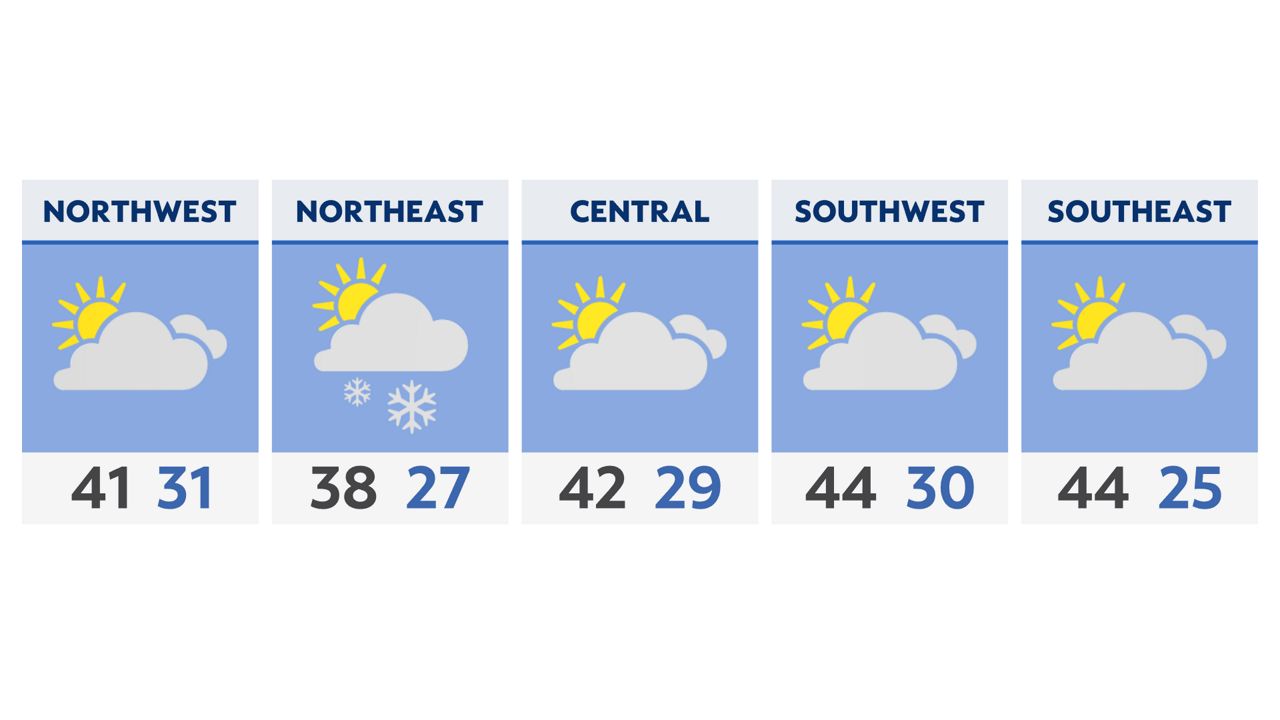TIFFIN, Ohio — The Diane Kidd Gallery at Tiffin University currently looks more like a medical lab than a gallery.
That’s because of the new “Frozen in Time” exhibit, which focuses on those who learn visually.
Joseph Van Kerkhove is the director of the gallery.
“This specimen here was actually dissected to show the spinal cord root” Van Kerkhove said. “So kind of the spinal cord is going from the base of the brain all the way down and as it starts to spread out, to basically facilitate the legs.”
All of the different specimens were donated for this exhibit and preserved in a process known as plastination, which involves the use of polymers: silicone, polyester and epoxy. The process replaces water and fat to preserve biological tissue. Once plastinated, the tissue is stable and able to be displayed without deterioration.
“The point of it would be to further medicine but also make it more readily available,” Van Kerkhove said.
Van Kerkhove said while the plastination process has been around since the 1990s, the use of the human body as a work of art dates back much futher.
“A lot of the anatomy drawings that Michelangelo and da Vinci did were done through them investigating their own autopsies and dissections,” Van Kerkhove said.
All specimens are on loan from a permanent collection of anatomical and pathological specimens at the University of Toledo.




